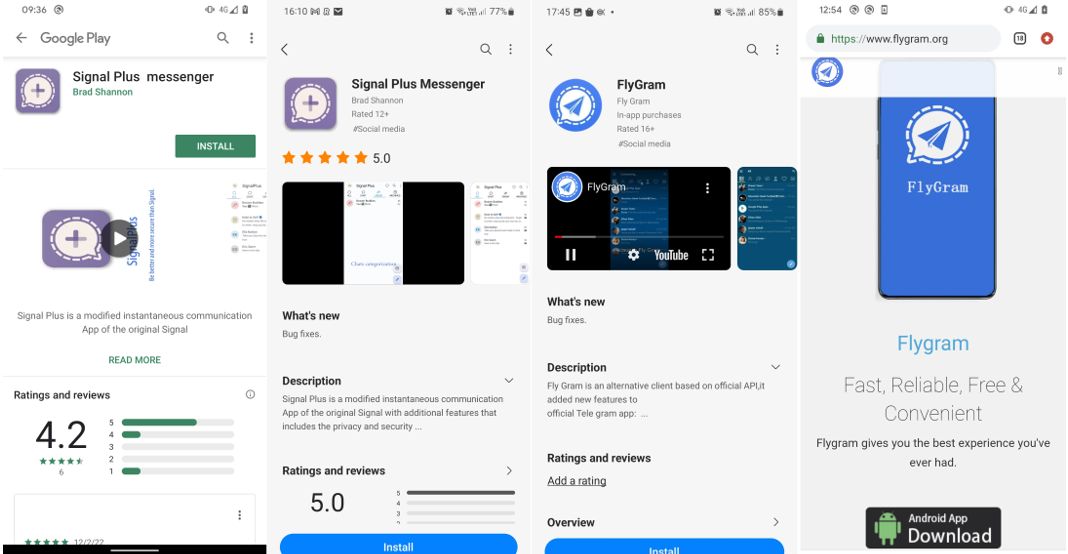#ESETResearch has discovered the first known AI-powered ransomware, which we named #PromptLock. The PromptLock malware uses the gpt-oss:20b model from OpenAI locally via the Ollama API to generate malicious Lua scripts on the fly, which it then executes 1/6 

PromptLock leverages Lua scripts generated from hard-coded prompts to enumerate the local filesystem, inspect target files, exfiltrate selected data, and perform encryption. These Lua scripts are cross-platform compatible, functioning on #Windows, #Linux, and #macOS 2/6 



Based on the detected user files, the malware may exfiltrate data, encrypt it, or potentially destroy it. Although the destruction functionality appears to be not yet implemented. #Bitcoin address used in the prompt appears to belong to Bitcoin creator 3/6 en.wikipedia.org/wiki/Satoshi_N…

For its file encryption mechanism, the PromptLock ransomware utilizes the SPECK 128-bit encryption algorithm 4/6 

Although multiple indicators suggest the sample is a proof-of-concept (PoC) or work-in-progress rather than fully operational malware deployed in the wild, we believe it is our responsibility to inform the cybersecurity community about such developments. 5/6
The PromptLock ransomware is written in #Golang, and we have identified both Windows and Linux variants uploaded to VirusTotal. IoCs:
🚨 Filecoder.PromptLock.A
📄 24BF7B72F54AA5B93C6681B4F69E579A47D7C102
AD223FE2BB4563446AEE5227357BBFDC8ADA3797
BB8FB75285BCD151132A3287F2786D4D91DA58B8
F3F4C40C344695388E10CBF29DDB18EF3B61F7EF
639DBC9B365096D6347142FCAE64725BD9F73270
161CDCDB46FB8A348AEC609A86FF5823752065D2
6/6
🚨 Filecoder.PromptLock.A
📄 24BF7B72F54AA5B93C6681B4F69E579A47D7C102
AD223FE2BB4563446AEE5227357BBFDC8ADA3797
BB8FB75285BCD151132A3287F2786D4D91DA58B8
F3F4C40C344695388E10CBF29DDB18EF3B61F7EF
639DBC9B365096D6347142FCAE64725BD9F73270
161CDCDB46FB8A348AEC609A86FF5823752065D2
6/6
UPDATE: #ESETresearch was contacted by the authors of an academic study, whose research prototype closely resembles the discovered #PromptLock samples found on VirusTotal:
Ransomware 3.0: Self-Composing and LLM-Orchestrated (arXiv) arxiv.org/abs/2508.20444
This supports our belief that it was an proof of concept rather than fully operational malware deployed in the wild. Nonetheless, our findings remain valid - the discovered samples represent the first known case of AI-powered ransomware.
Ransomware 3.0: Self-Composing and LLM-Orchestrated (arXiv) arxiv.org/abs/2508.20444
This supports our belief that it was an proof of concept rather than fully operational malware deployed in the wild. Nonetheless, our findings remain valid - the discovered samples represent the first known case of AI-powered ransomware.

• • •
Missing some Tweet in this thread? You can try to
force a refresh



















